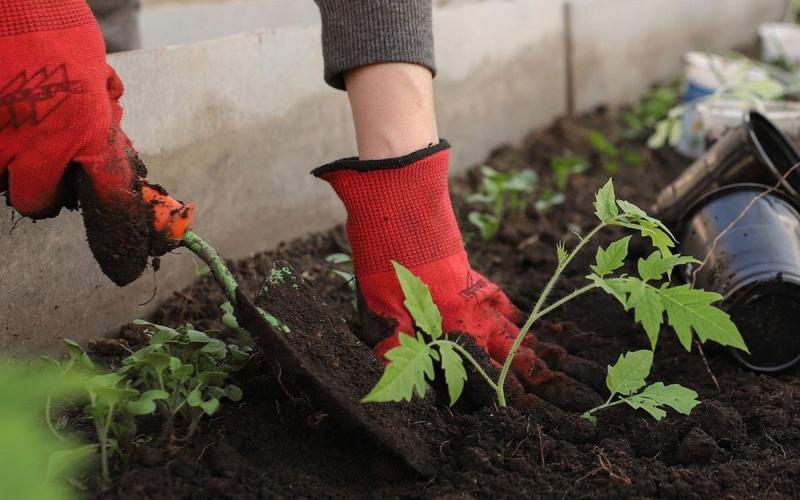Written collaboratively by Adam Varenhorst, Amanda Bachmann, Philip Rozeboom, Patrick Wagner, and Brad McManus.
Originally Submitted: July 11, 2024
The many rain events in July have led to increased habitat for mosquito populations. As a result, the mosquito populations have increased throughout July. Although mosquito populations do increase after flooding, large bodies of water are not necessary for mosquito lifecycles. They can utilize small puddles or even water in containers or old tires for their lifecycle.
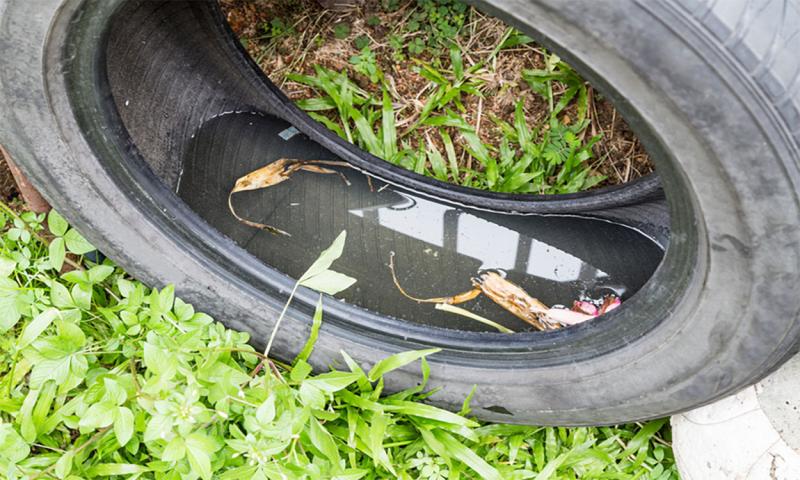
After any rain event, it is a good rule of thumb to try to minimize potential water sources for mosquitos around your home and yard, which will reduce mosquito populations. For homeowners with rain gardens, ponds, or other areas that naturally collect water, there are safe control options for these areas. For instance, the use of Bti tablets can manage mosquito populations in large containers that are not emptied frequently.
Most-Observed Species
In South Dakota, there are over 20 species of mosquitoes that can be encountered, but of these species, there are two species that account for most of the observed mosquitoes. In South Dakota, a trapping network is used to monitor mosquito populations and determine when treatments are necessary in urban areas. The historical and recent data from these traps indicate that the two most-observed species are Aedes vexans (Figure 1) and Culex tarsalis (Figure 2).
At first glance the two mosquitos might seem similar in appearance, but there are some key characteristics that can be used to distinguish them. Aedes vexans has a pointed tip of the abdomen (Figure 3), whereas C. tarsalis has a blunt, broad-ended abdomen (Figure 4). Furthermore, C. tarsalis has a white band present on the middle of the proboscis (Figure 2).
Aedes vexans
Body Profile
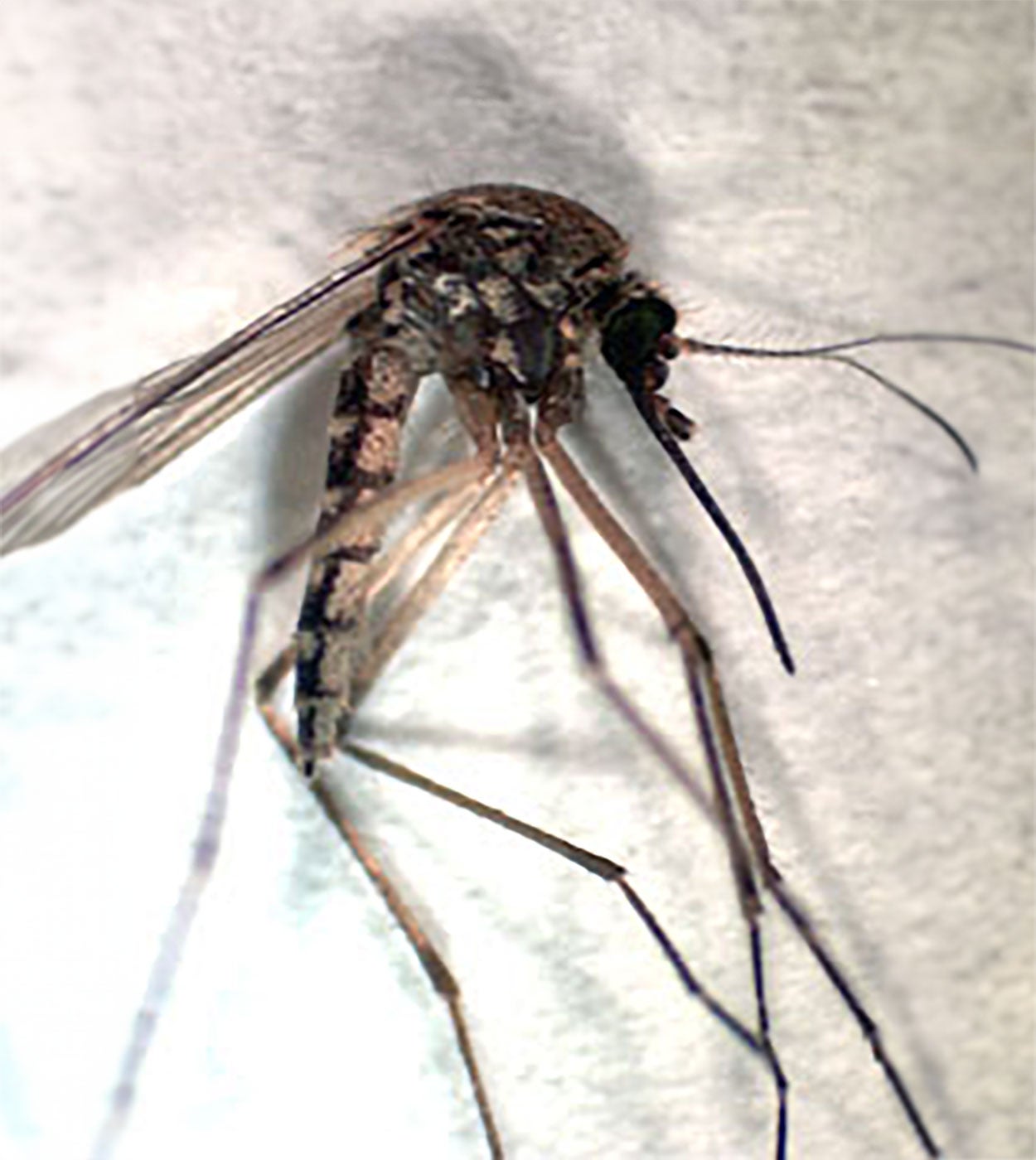
Abdomen
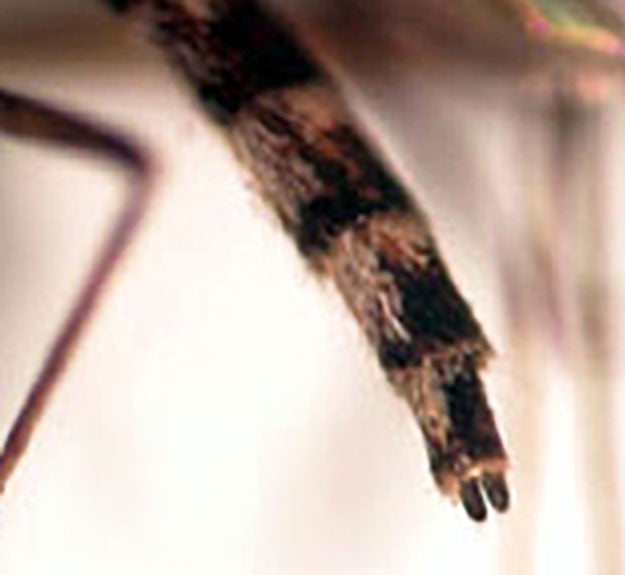
Culex tarsalis
Body Profile
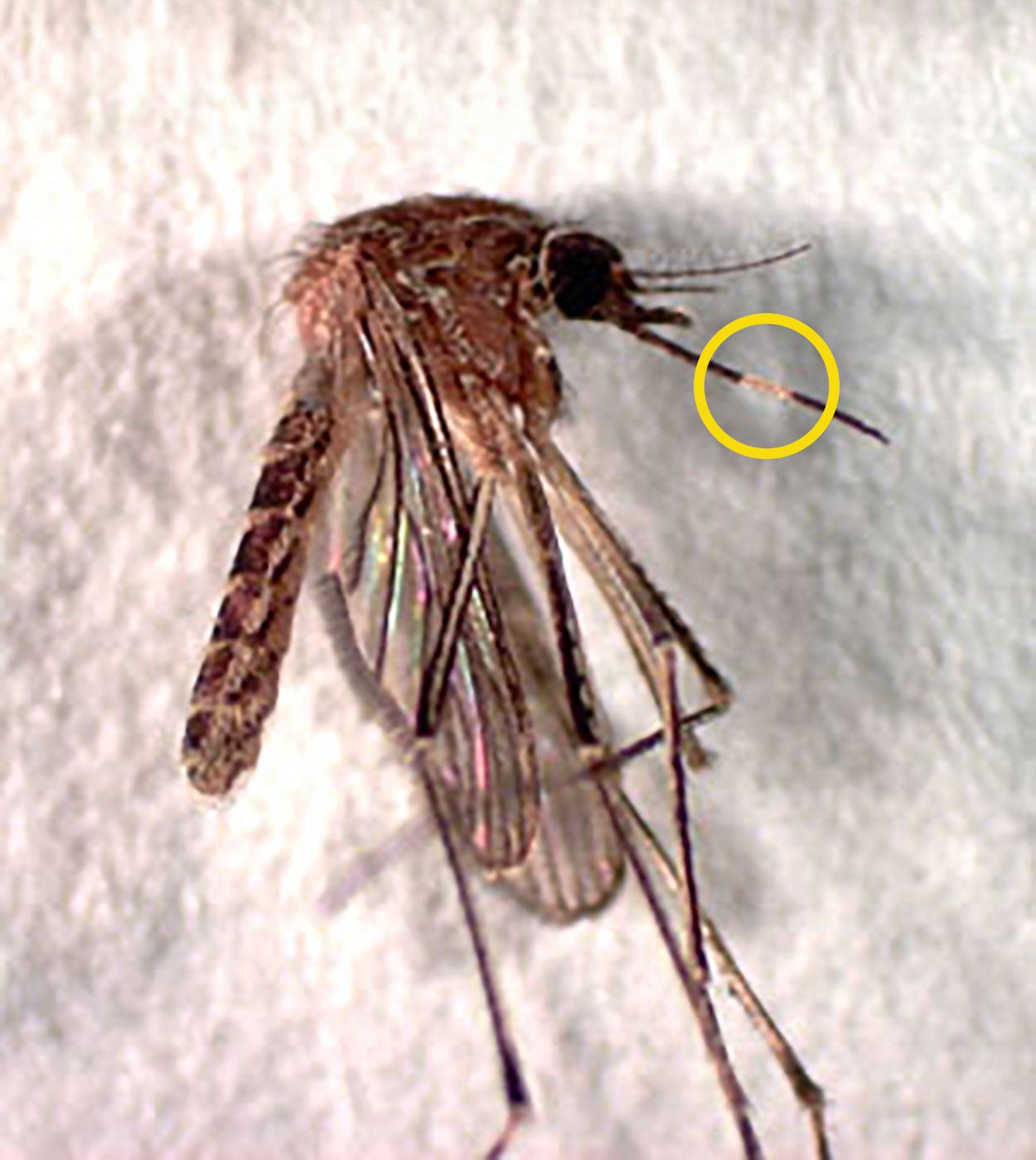
Abdomen
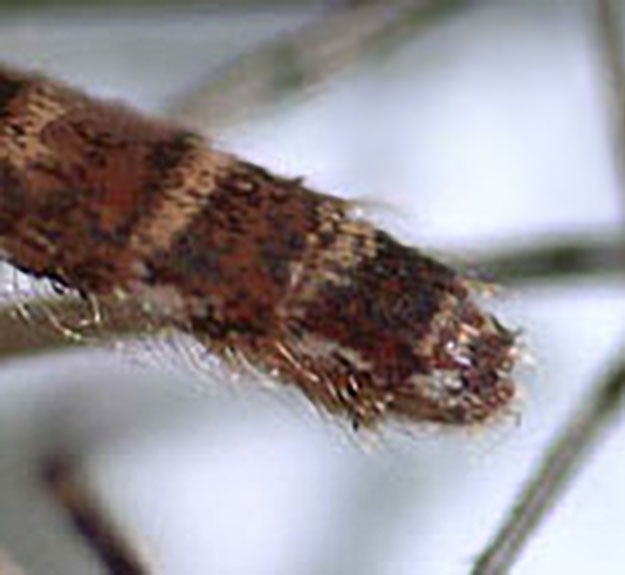
West Nile Virus Risk
While both mosquito species can transmit West Nile Virus to humans, C. tarsalis poses a greater threat as a vector. This is due to its habit of feeding on birds, which are the primary vertebrate hosts of West Nile Virus. Aedes vexans demonstrates a higher preference for humans, but it rarely feeds on bird hosts.
To reduce the chances of contracting West Nile Virus, it is important to understand the behavior of the mosquito vectors. Aedes vexans is known to search for human hosts during the day and night; however, most of its activity occurs at night. Culex tarsalis is a nocturnal feeder with the greatest risk of bites occurring between dusk and dawn. Therefore, the risk of West Nile Virus infection can be greatly reduced by limiting outdoor activities between dusk and dawn. If you are outside after dark, make sure to cover as much of your skin as possible by wearing long sleeves and pants. We also recommend using insect repellants that contain DEET or similar active ingredients to provide further protection. The U.S. Environmental Protection Agency provides a helpful tool for choosing a repellant that will provide the best protection based on the desired activities.
At this time, the South Dakota Department of Health’s West Nile Virus Prediction Modelis predicting an outbreak of West Nile Virus cases. Mosquito samples that are positive for West Nile Virus have been collected in Beadle, Brookings, Brown, Codington, Hughes, Lincoln, and Minnehaha counties. So far in South Dakota, there have been seven human cases from Brookings, Hamlin, Marshall, Minnehaha, and Spink counties with one death attributed to West Nile Virus.
